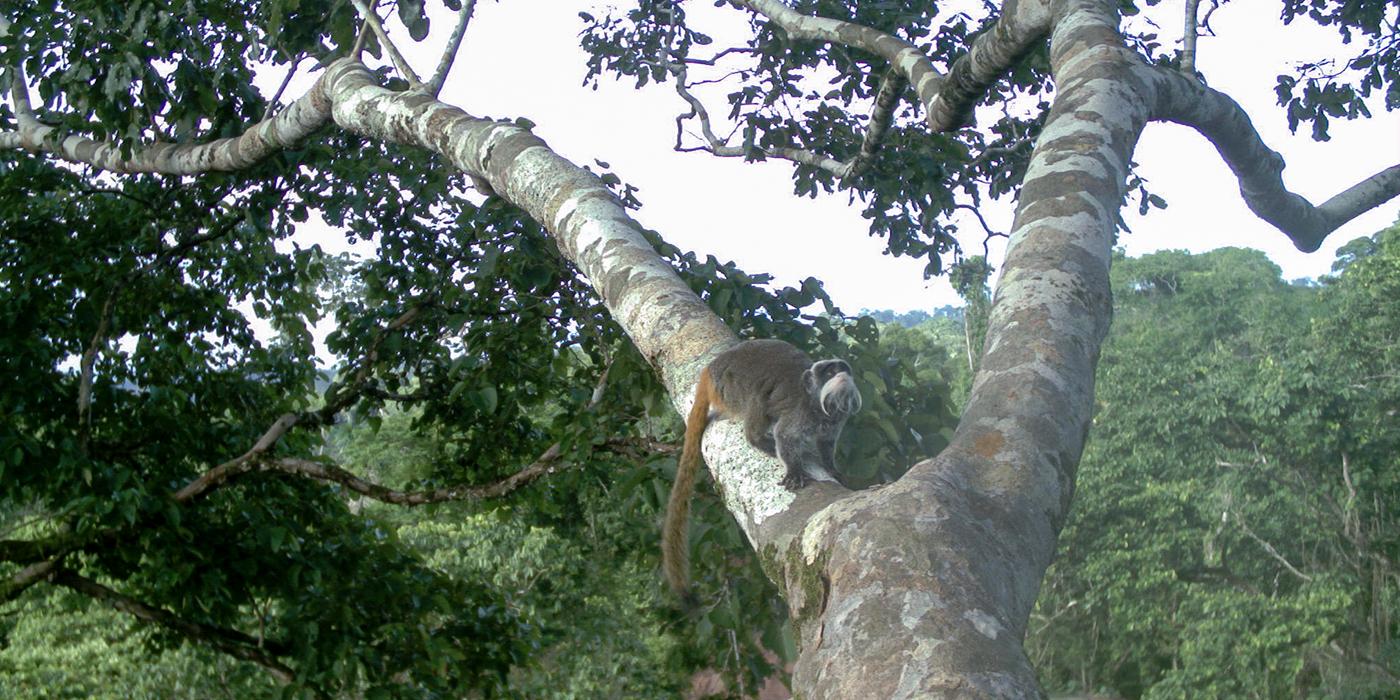Biodiversity in the Peruvian Amazon
Biodiversity Assessment, Monitoring and Conservation Program
The Biodiversity Assessment, Monitoring and Conservation Program focused on research, monitoring, conservation and educational programs around natural gas development operations in a 6,110 square-kilometer mosaic of forest and riverine habitats within the Urubamba and Camisea River Basins. The program was active from 2010 to 2014. The Smithsonian Conservation Biology Institute's Center for Conservation and Sustainability partnered with the company conducting petroleum development in the area, along with Peruvian government entities and other stakeholders, to demonstrate that with sound planning, commitment and creative thinking, biodiversity conservation in tropical forest environments can minimize the impacts of a company's operations. Specific objectives of the BAMCP were to:
- Understand the current status of biodiversity in the area.
- Increase understanding of the impacts resulting from industrial activities.
- Integrate appropriate science and conservation-based mitigation activities into operations.
- Improve the conservation of species and habitats through the design and implementation of community-oriented biodiversity initiatives.
Research
Canopy Bridges and Arboreal Camera Trapping
A three-year study assessed the effectiveness of canopy bridges in mitigating the fragmentation effects of a natural gas pipeline on primates. Canopy bridges are connections formed by the branches of large trees that cross above the pipeline clearing. CCS researchers sought to assess whether canopy animals, which are generally reticent to cross on the ground, would use these natural crossing points to maintain access to resources on either side of the pipeline clearing. This study demonstrated that a wide diversity of arboreal animals will use natural bridges and will do so frequently. The project contributed to the understanding of impacts of pipeline construction and the utility of canopy bridges as a tool for reducing these impacts.
Development of Community Conservation Programs
CCS researchers and scientists used the Open Standards for the Practice of Conservation methods to design innovative, sustainable and long-term conservation projects with local communities to conserve habitats and species. The proposals defined aims, activities, community benefits and biodiversity conservation outcomes within the scope of local and regional biodiversity needs and priorities. Rigorous protocols were designed to monitor conservation outcomes to assess whether objectives would be met if the community implemented the proposed projects in the future.














